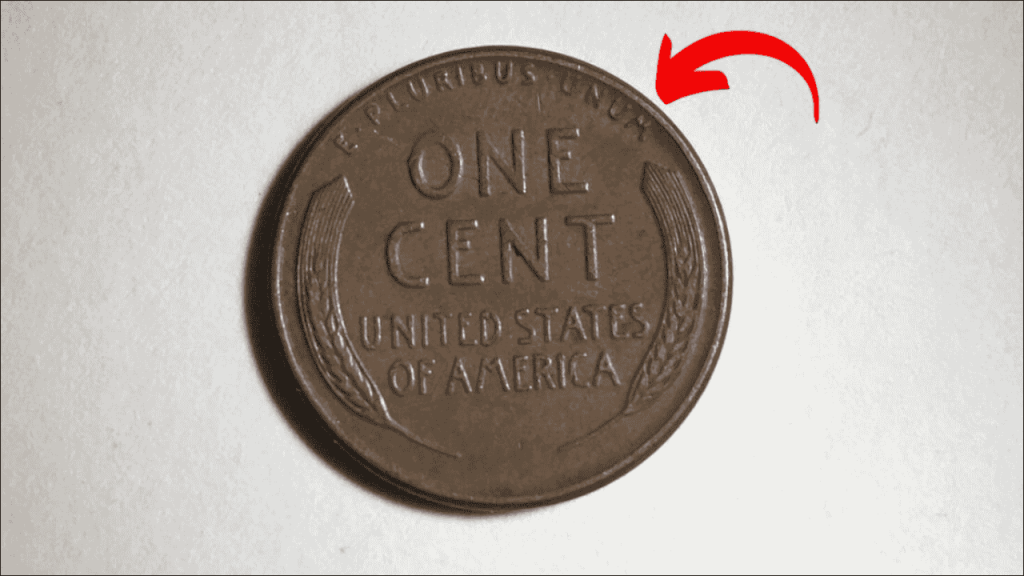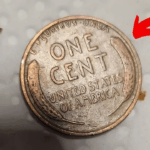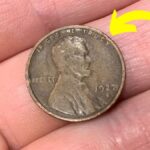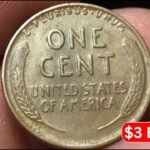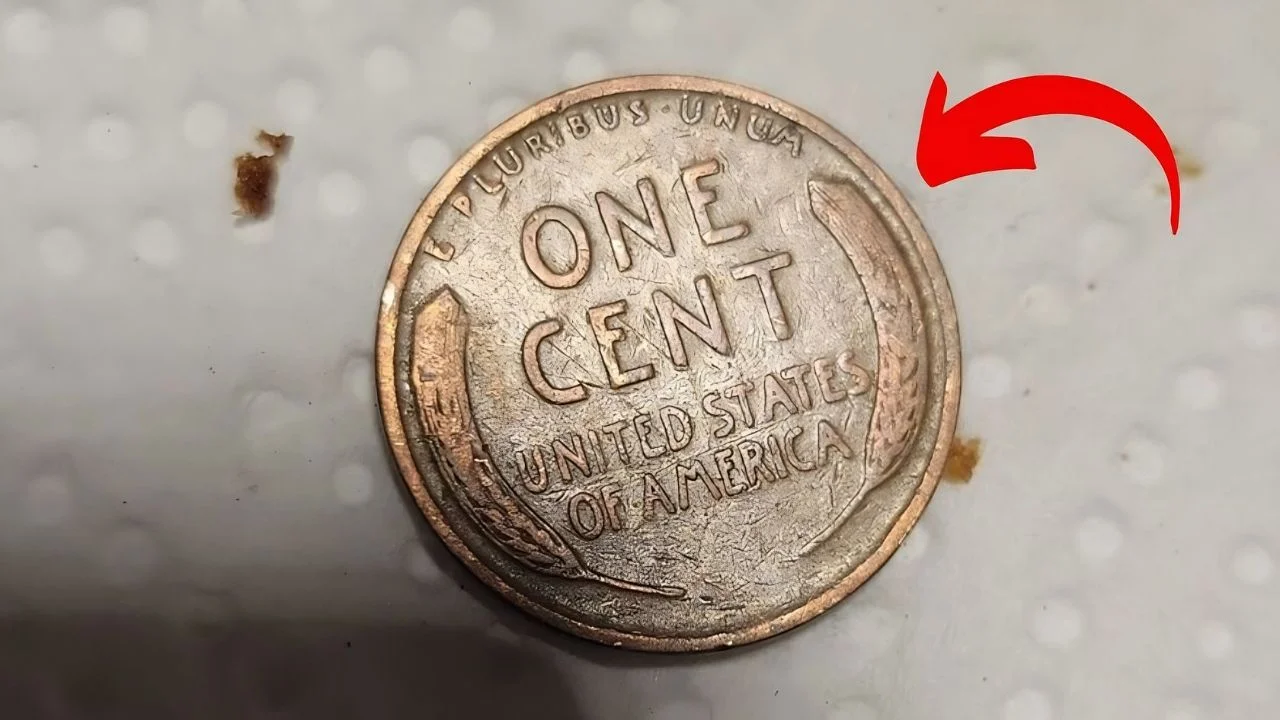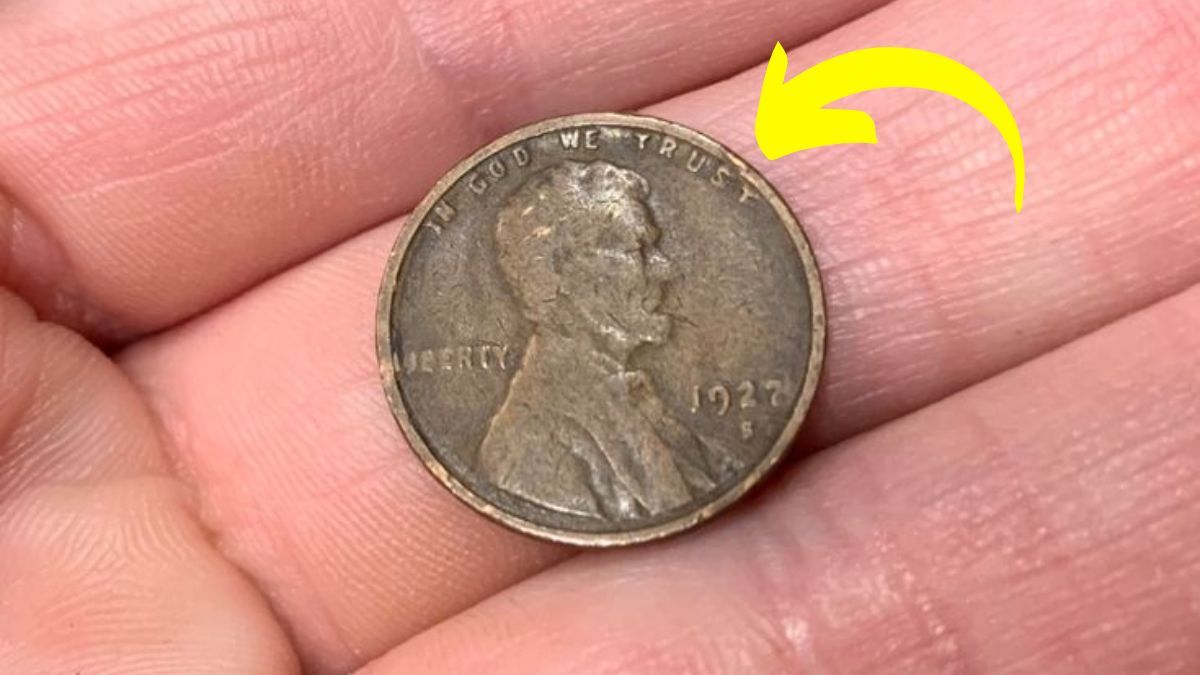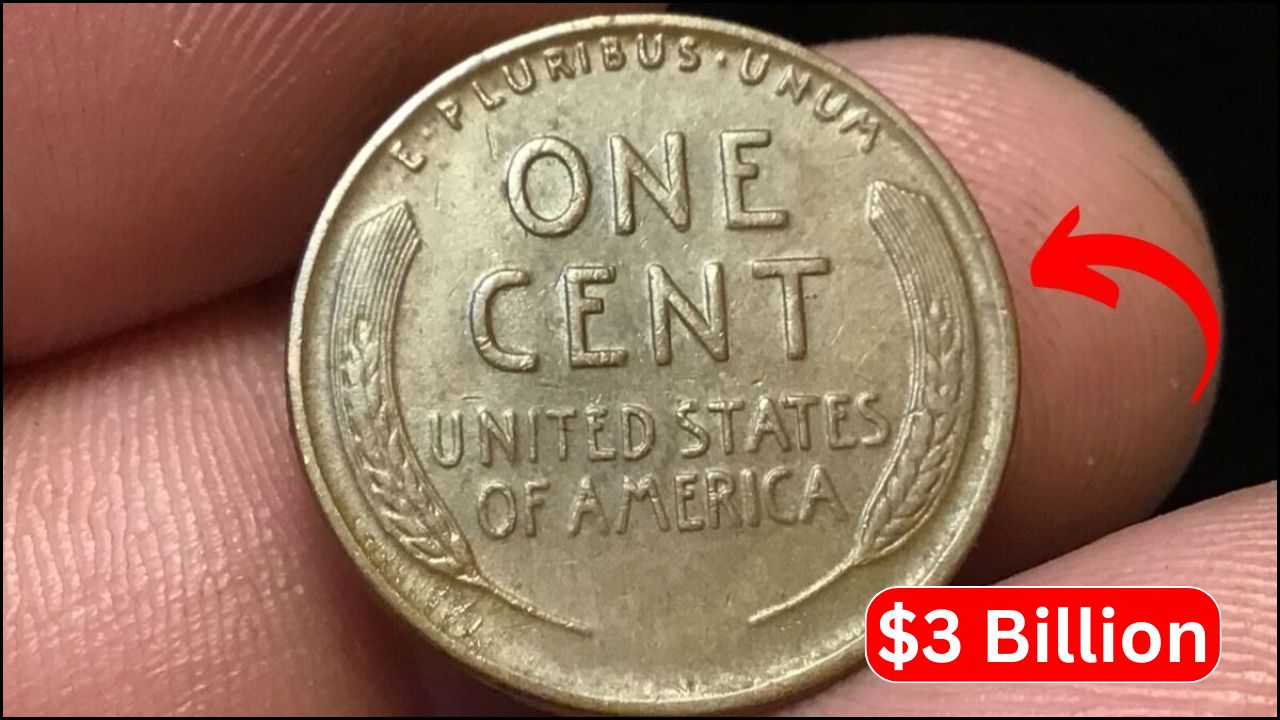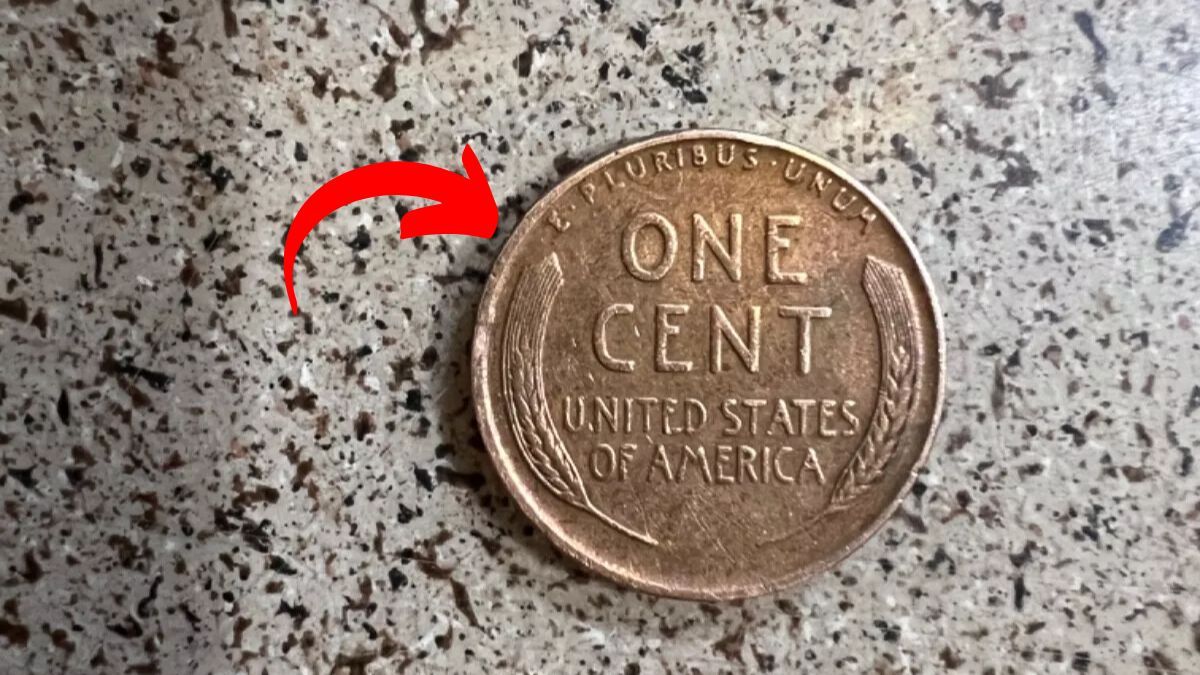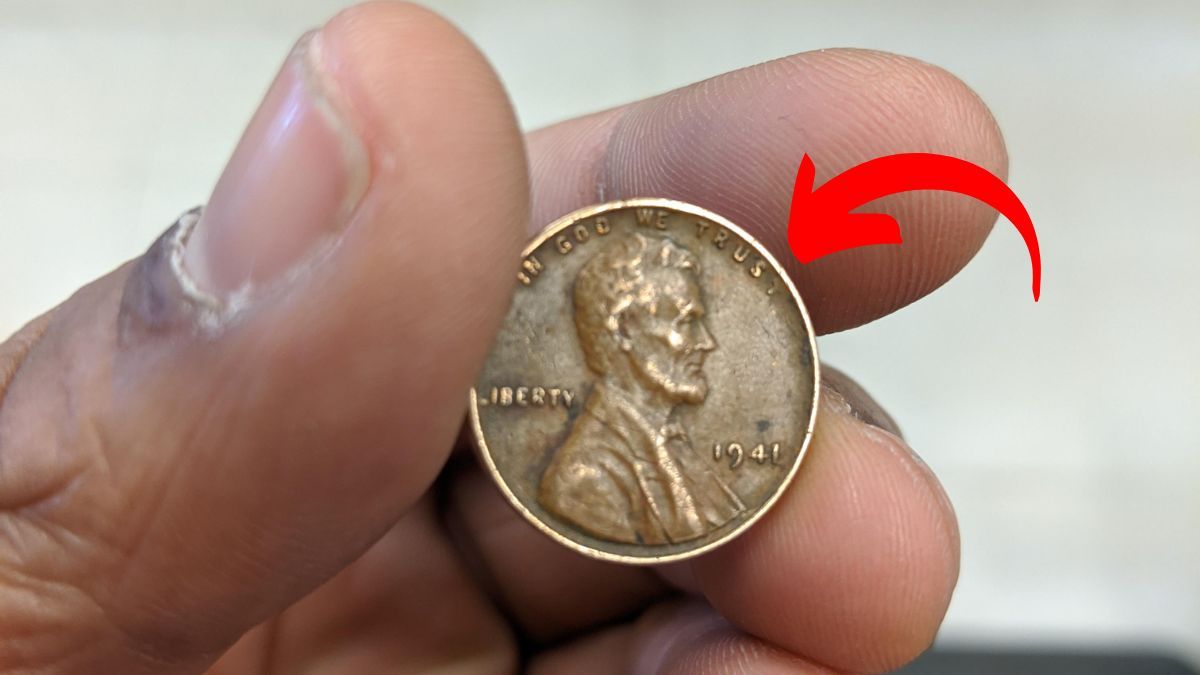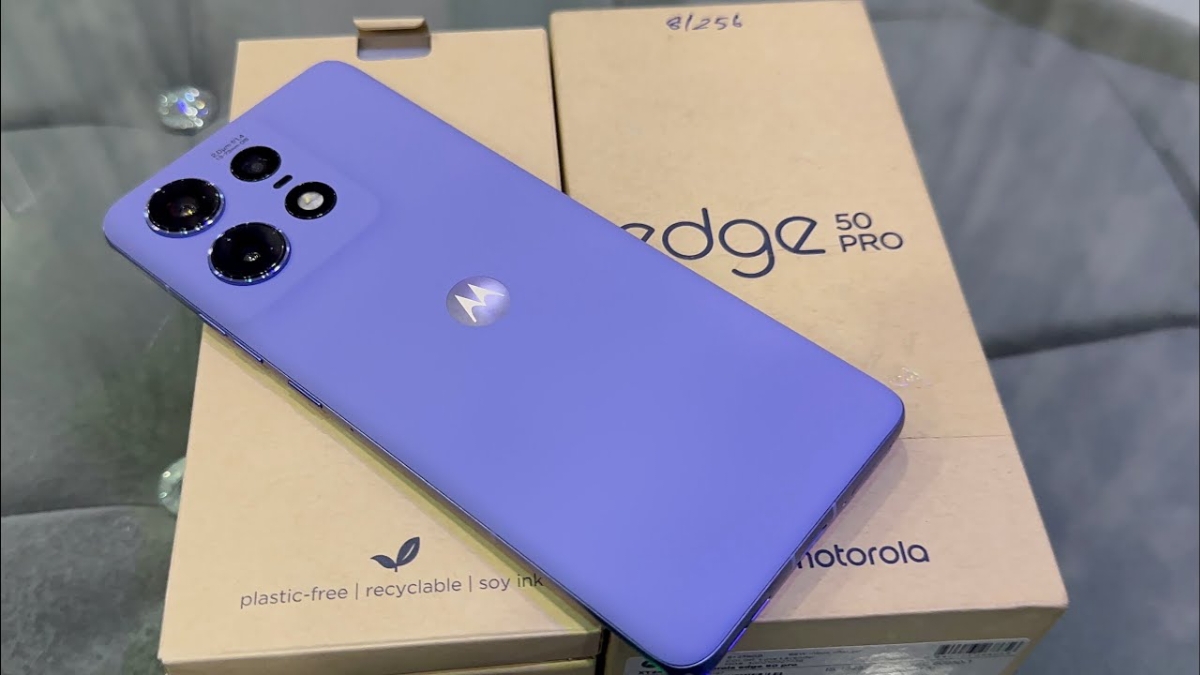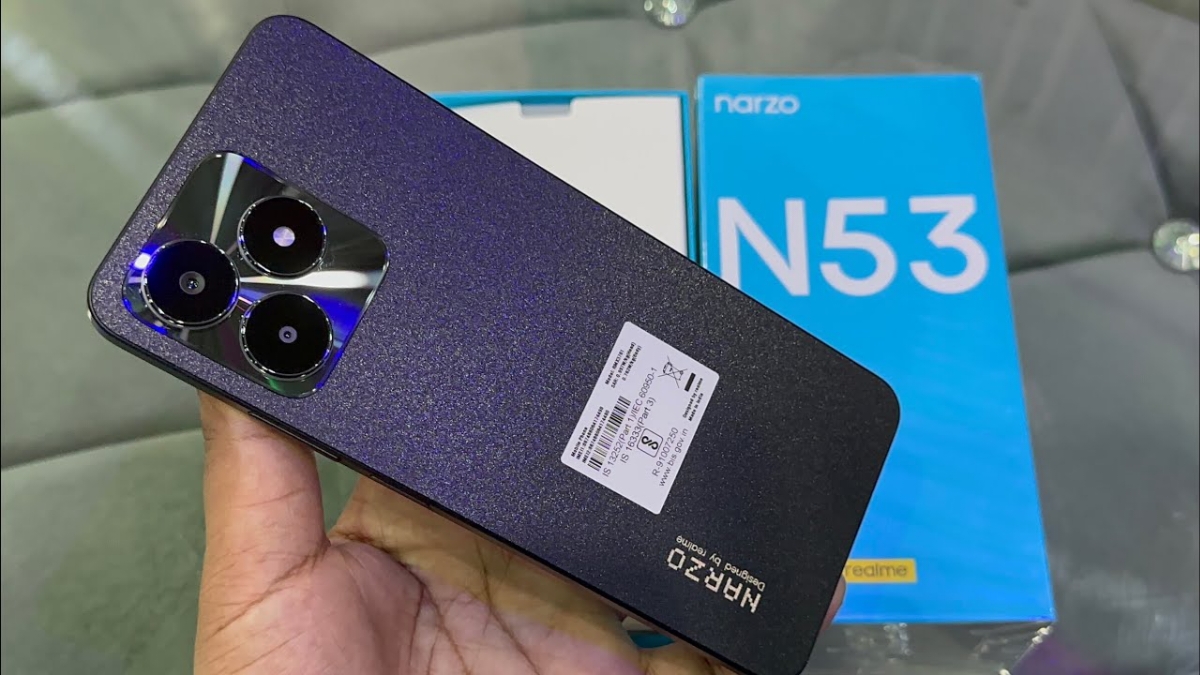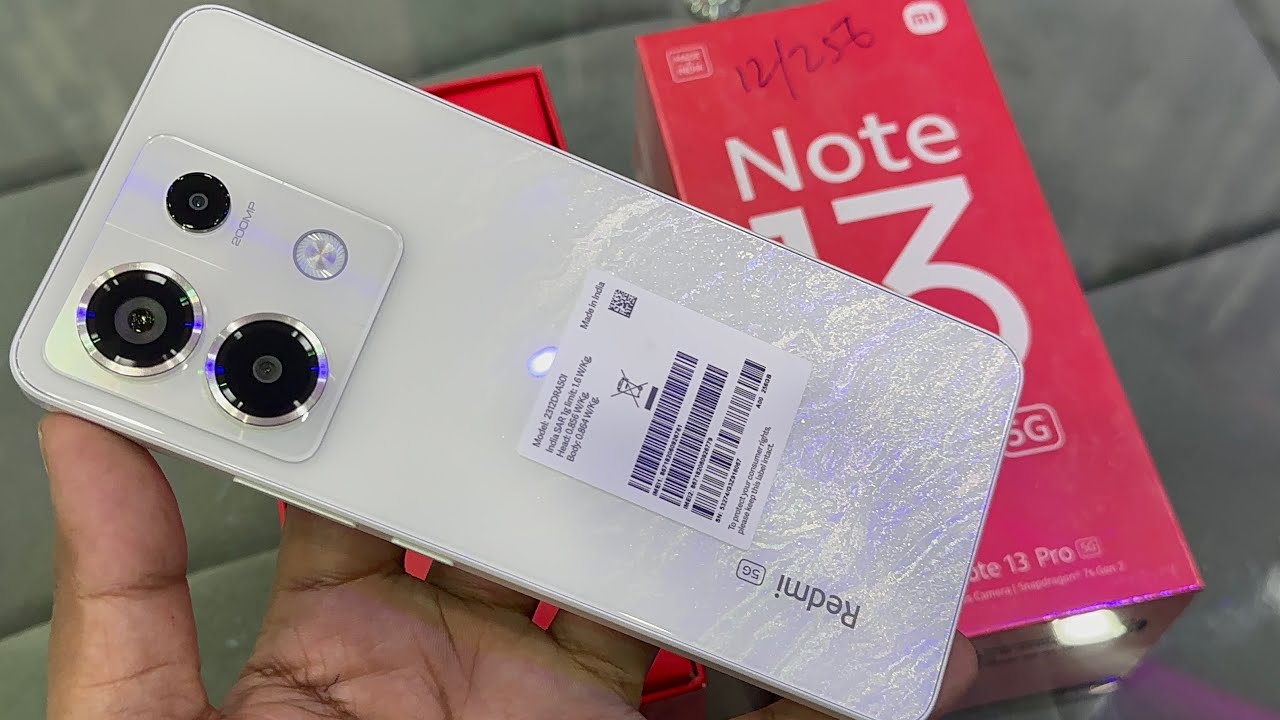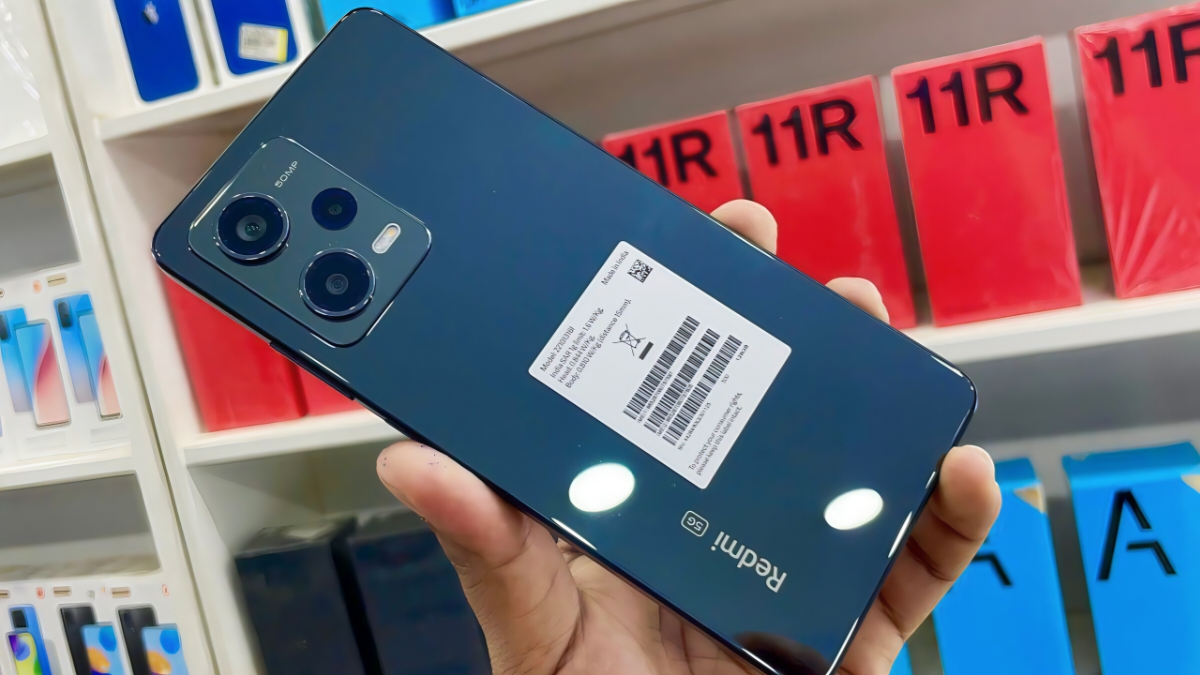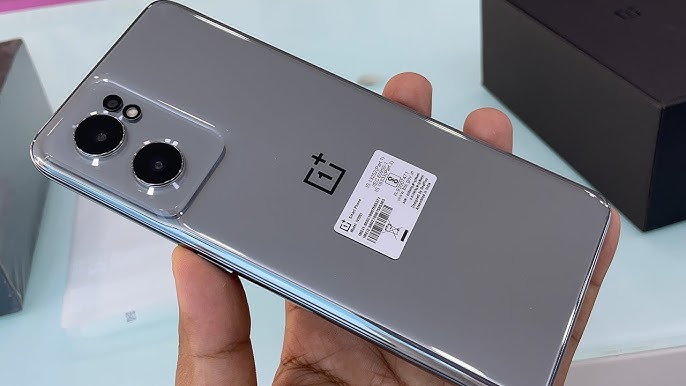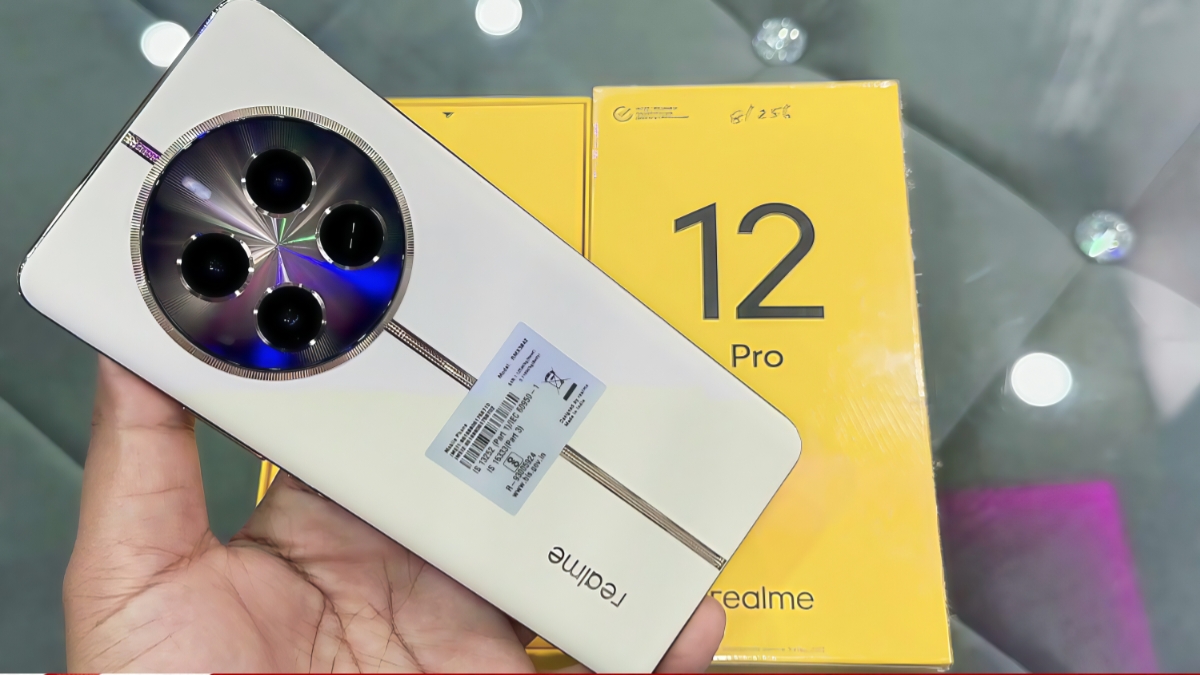The Lincoln Wheat Penny Valued at $305K: For most people, a penny is merely loose change—a small copper coin often tossed into jars or forgotten in coat pockets. However, in the fascinating world of coin collecting, the humble Lincoln Wheat Penny has proven to be potentially worth far more than its face value. One rare specimen recently sold for an astonishing $305,000, sparking renewed interest in these seemingly ordinary coins. Could you have a small fortune hiding in your spare change?
The Birth of an American Icon
The Lincoln Wheat Penny first appeared in 1909 to commemorate the 100th anniversary of Abraham Lincoln’s birth. This coin marked a significant milestone in American currency as it was the first U.S. coin to feature the likeness of a real person rather than the symbolic figures that had dominated coinage before. Designer Victor D. Brenner created Lincoln’s dignified profile for the front, while the reverse featured two wheat stalks framing the words “ONE CENT” and “UNITED STATES OF AMERICA”—earning it the nickname “Wheat Penny.”
These distinctive coins were produced until 1958, when the wheat design was replaced with the Lincoln Memorial. During their nearly 50-year production run, billions of these pennies circulated throughout America, becoming a familiar part of everyday transactions. Yet within this vast sea of copper coins, certain rare variations emerged that would one day command extraordinary prices.
What Makes a Penny Worth $305,000?
The exceptional value of certain Lincoln Wheat Pennies stems from a combination of rarity, historical significance, and condition. The most valuable examples typically feature production errors or were minted during special circumstances that resulted in very limited quantities.
The legendary 1943 bronze penny exemplifies this perfectly. During World War II, copper was needed for military equipment, so the U.S. Mint switched to steel for penny production. However, a few bronze planchets (coin blanks) from 1942 remained in the presses and were accidentally struck with the 1943 dies. With only about 20 of these bronze 1943 pennies known to exist, they represent true numismatic treasures and can fetch hundreds of thousands of dollars.
Other highly sought-after varieties include the 1909-S VDB (featuring the designer’s initials and minted in limited quantities in San Francisco) and the 1955 Double Die Penny, which displays a pronounced doubling effect on the date and lettering due to a minting error.
Condition Is Critical
While rarity is essential, the condition of a coin dramatically affects its value. Professional grading services evaluate coins on a scale that considers wear, luster, scratches, and other factors. A Lincoln Wheat Penny in pristine, uncirculated condition (known as “mint state”) can be worth exponentially more than the same coin showing significant wear.
For collectors, mint marks also matter greatly. These small letters beneath the date indicate where the coin was manufactured: “S” for San Francisco, “D” for Denver, and no mark for Philadelphia. Coins from mints that produced smaller quantities in certain years are typically more valuable, with San Francisco-minted pennies often commanding premium prices.
Treasure Hunting in Your Own Home
Despite being out of production for over 60 years, Lincoln Wheat Pennies still occasionally turn up in circulation, forgotten coin jars, or family collections. While most are worth only a few cents, certain years and varieties could be worth thousands. Key dates to look for include 1909-S VDB, 1914-D, 1922 (with no mint mark), 1931-S, bronze 1943 pennies, and the 1955 Double Die variety.
Beyond specific dates, keep an eye out for minting errors like off-center strikes, double images, or pennies struck on the wrong metal. If you believe you’ve found something valuable, resist the urge to clean it—improper cleaning can significantly reduce a coin’s value. Instead, consider having it professionally evaluated by a reputable grading service.
More Than Just Money
The appeal of Lincoln Wheat Pennies extends beyond their potential monetary value. These small copper discs witnessed major historical events—from the Great Depression to World War II and the postwar economic boom. Each coin represents a tangible connection to America’s past, telling stories of economic changes, design evolution, and cultural shifts.
The thrill of discovering these historical treasures makes coin collecting rewarding regardless of financial gain. Whether you’re an experienced numismatist or simply curious about that old penny in your change, the hunt for valuable coins combines detective work, historical research, and the excitement of potential discovery.
So the next time you receive a penny in change or encounter an old coin jar, take a moment to look more closely. That seemingly insignificant penny might just be worth far more than you ever imagined—both as a window into history and, perhaps, as a small fortune hiding in plain sight.
